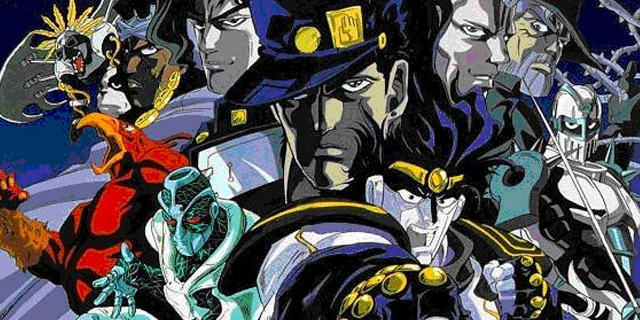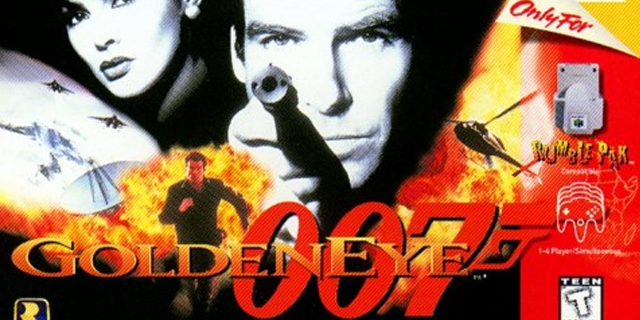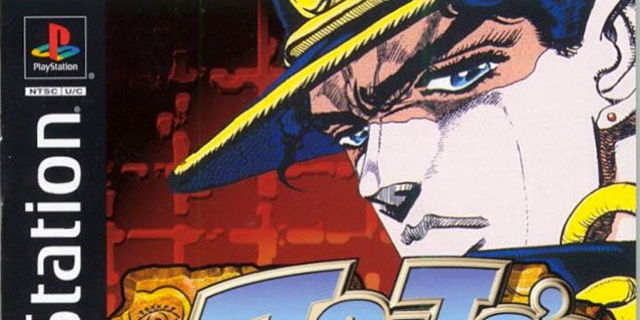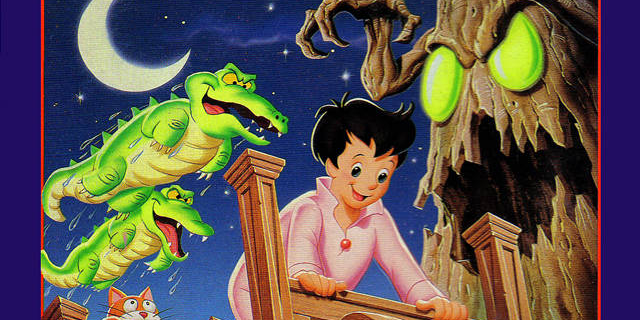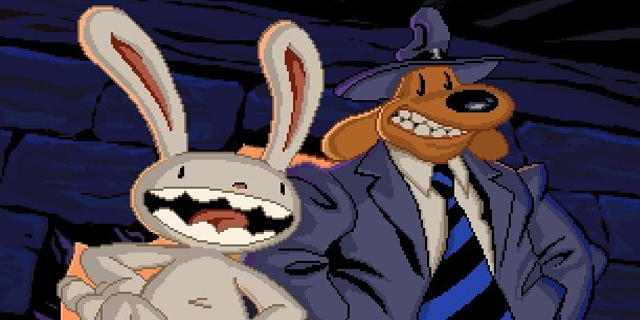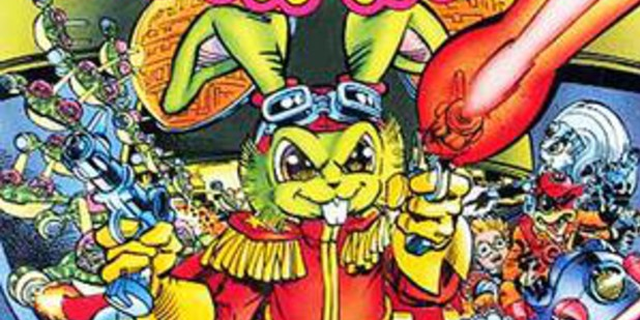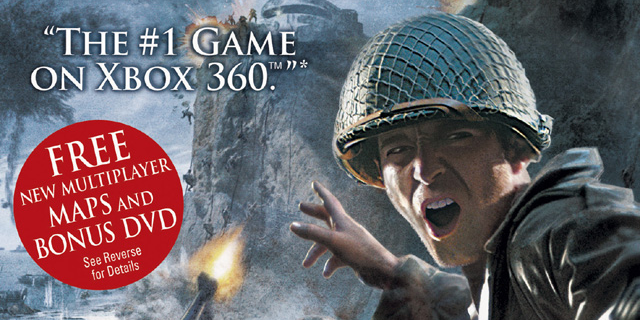Americans seem to share some kind of cultural ADD. Our media is pretty much built on repackaging and reselling the same ideas to ourselves over and over again. Whether it’s remakes, sequels, reimaginings, adaptations or good old fashioned plagiarism people can’t help but eat up anything familiar and safe.
The problem with that is we sometimes lose sight of where our favorite things came from. Four out of five people who loved The Departed had no idea it was based on the 2002 Hong Kong film Infernal Affairs. Most are unaware that Dinner for Schmucks and The Birdcage are remakes of French films. There isn’t anything wrong with that. Not everyone obsessively researches the things they love like us nerds. Most people are content to flip on the TV and let it tell them what to like. But don’t you sometimes wonder where the things you love came from?
GoldenEye
I’m sure everyone knows GoldenEye is a movie, but not very many people seem to like it nearly as much as the game. And that confuses me. GoldenEye is a game whose staying power continues to boggle my mind. I can fully understand its popularity at the time and remember what a big deal it was. In a lot of ways it was the first really good console FPS, but since that time there have been leaps and bounds made in the genre.
When we cling to a platformer or fighting game from past generations, those games will usually do something we haven’t or have rarely seen since. Duck Tales’ physics and music still pop. Even being an 8-bit game, it can give you a sense of going out on a real adventure. I can’t imagine why, in our dual-analog world, people would go back to the control scheme of GoldenEye. Sure, get a still-in-box copy of the game and display it with your collection. But do we really need to keep lying to ourselves and saying this game holds up? Take off the nostalgia goggles, people.
JoJo’s Bizarre Adventure
In the year 2000, the West was still pretty unsavvy when it comes to anime and manga. Before there were a billion streaming sites and licensed network fare was limited to DBZ and Sailor Moon, nerds had to import most of their anime. We had to pay insane costs to have fan-translated VHS tapes shipped halfway around the world or trek out a skeezy hole in the wall that sold them out of the backroom.
When Jojo’s Bizarre Adventure came out in the US on the PS1 and Dreamcast, people just saw it as a weird-ass fighting game. They still do, actually. Jojo’s Bizarre Adventure is still a pretty obscure anime and manga that I highly suggest you all check out.
Little Nemo: The Dream Master
Little Nemo was a newspaper comic strip written and drawn by McCay that ran from 1905 to 1914. Nemo was also the subject of McCay’s first animated short films, which were the first pieces of animation most people had seen. McCay would travel the country with a vaudeville act that featured the animated shorts starring Nemo and legendary cartoon character Gertie the Dinosaur. Decades later, Little Nemo would return in Little Nemo: Adventures in Slumberland, upon which the game is based. Even though the game is much popular than the comic strip and film, it’s still a little obscure. If you’ve never tried this game please seek it out. It’s one of the most inventive and brilliant NES platformers.
Sam & Max
Most people are familiar with the video game and animated series versions of the dog and rabbit-thingy team, Sam & Max but they actually started out as a comic book from 1987. LucasArts hired the creator, Steve Purcell, in 1988 as an artist and game designer. He used the Sam and Max characters in company newsletters and internal testing material for the new SCUMM engine until they became noticed enough to become the main characters of their own game.
Sam & Max Hit the Road was originally released for DOS in November 1993 and became a cult classic. After three canceled sequels, we would not see Sam and Max return to games until Telltale released a new episodic series in 2006 that is still going strong.
Bucky O’Hare
Before the classic NES platformer, Bucky O’Hare was already the funky fresh rabbit who can take. care. of. it., as his theme song suggested. Whatever ‘it’ was.
Larry Hama, the guy who made GI Joe awesome, wrote the Bucky O’Hare comic series in the mid-’80s that later spawned an animated series in the ’90s. The animated series, in turn, spun off the NES and arcade games by Konami. The NES game still holds up as a fantastic platformer. Biting just a bit of Mega Man’s style, Bucky unlocks members of his crew throughout the game and is able to flip back and forth between them and use their unique powers. As a fairly late NES release, it does some beautiful things with graphics and could almost be mistaken for a 16-bit game.
WWII
Yeah, all that? Really happened.
While the deluge of World War II games has slightly subsided in lieu of space marines, it’s still way easier to get a teenager to pick up a controller and blow some Nazis’ faces off than to put a textbook in his hands. And honestly, who can blame them?
History classes are wasted on the young. None of us wanted to sit there and learn about things when you’d just heard that Stephanie Weeby in your 3rd period lunch gave Troy Harper a squeezer at Greg’s party last night. I mean come on, she was so into you last week. What the hell, Stephanie? But when you get into your twenties, you’ll realize how interesting the History Channel really is (outside of the shows about blowing things up). And it’s fun to think, “Oh yeah, I remember that from Medal of Honor: Frontline.”



